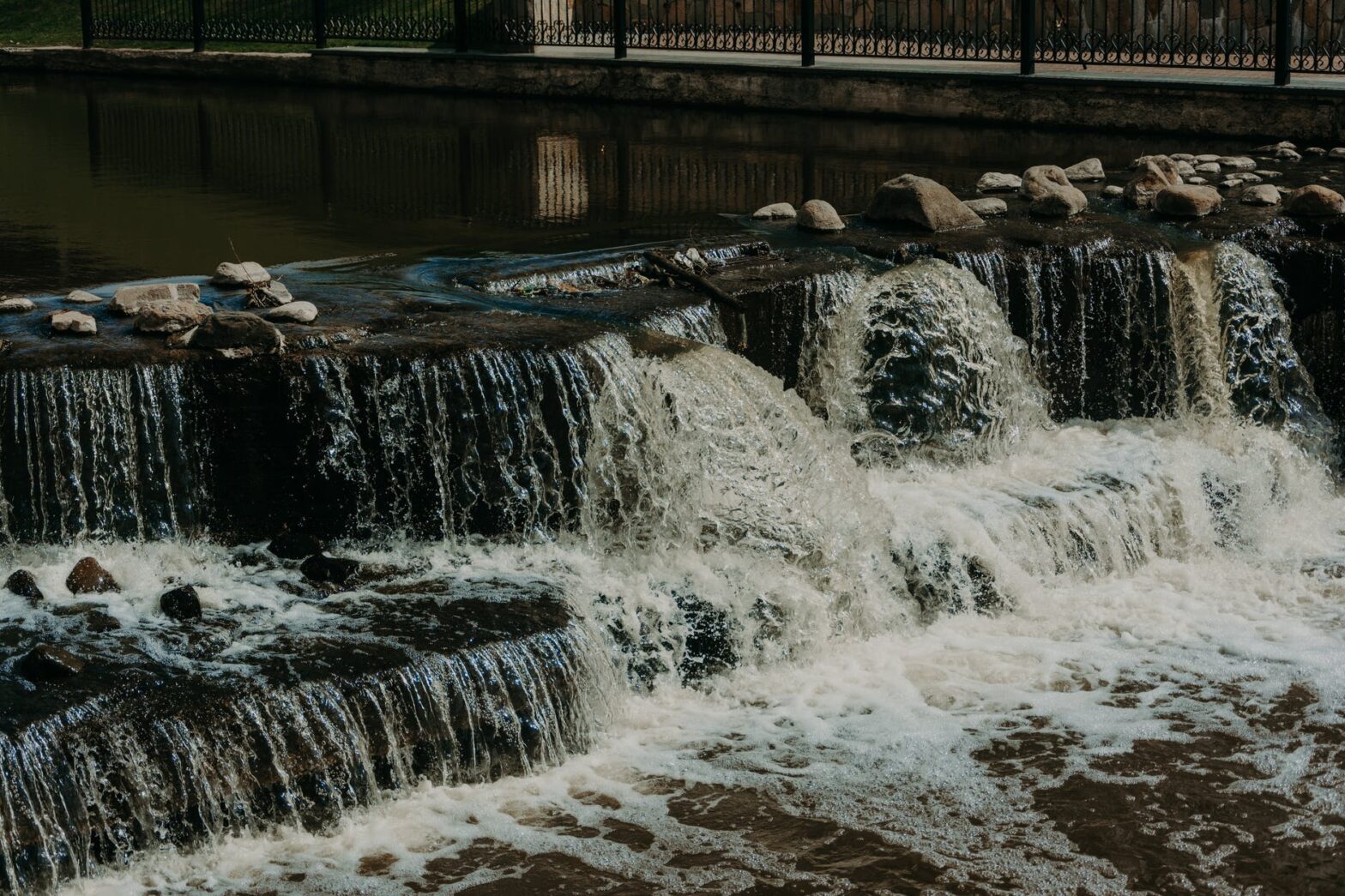By Jacob Owen, First Year LLB Student
As world leaders meet in Glasgow for COP26, a recent publication by Natural Resources Wales sheds light on how the climate crisis in Wales.[1] This blog post summarises some of the findings of this report by highlighting how climate change may result in future flooding in certain areas, which could consume towns and villages along the coast and could affect infrastructure across the country.
Croeso i Fairbourne
On the coast of North Wales, nestled on the mouth of the Mawddach river, sits Fairbourne. It is a small village built upon reclaimed land back in the Victorian era. It plays host to a stunning beach and a heritage railway. It is a popular tourist destination, with a caravan park nearby and tourist destinations, including the town of Barmouth, Harlech Castle and Snowden, a short journey away. While this may sound like a paradise, it is predicted to be one of the first towns / villages in the UK to be completely drowned as a result of rising sea levels. Much of the village is predicted to be under normal high tide levels in around 50 years and the population may have to be evacuated and relocated elsewhere.[2] It is unlikely Fairbourne can be saved. The village already sees occasional flooding and sea defences need to be replaced and upgraded frequently. The commitment to defend the village only lasts until 2054.[3] With rising global greenhouse gas emissions, the situation will only get more difficult for Fairbourne. As more and more places become at risk of flooding, the special attention it has been receiving will disappear just like its buildings, railway and beach.
Y Môr yn Codi
A publication by Natural Resources Wales has given us a glimpse at what we can expect from sea level rises in the future. It includes a map showing the key areas at risk. Not only does is show the sea level rising affecting many coastal areas including the cities of Newport and Cardiff, but it also shows rivers and reservoirs contributing to flooding. Many of these are inland, far away from the coast and while they won’t be as severe as the coastal flooding, it still poses a significant threat.
Suddo o Dan y Môr
It can sometimes be difficult to picture climate change. Of course there’s the wildfires, the floods, the extreme weather events, but we also need to understand how it reaches that point. Droughts are turning forests into tinder boxes, and the sea is slowly creeping up the shore – not crashing against us like a tsunami, but still making areas uninhabitable while simultaneously destroying centuries old communities. If you take a trip to the town of Barmouth and find yourself standing on its famous bridge looking out to sea, you will see a little café that is the final stop of the heritage train. In a few decades that café might be gone with in its place calm sea water. If you took a train journey to Barmouth right now you would pass through Fairbourne and get a stunning cliffside view of the village. In a few decades it might be difficult to reach Barmouth by train. The Cambrian Coast will need to undergo building work after the track in Fairbourne disappears below the sea. If all this can happen to a tiny village of less than 1,000 people. What will happen to the wider world?
[1] Natural Resources Wales, ‘Flood Map for Planning / Development Advice Map’ (28 September 2021) <https://naturalresources.wales/flooding/flood-map-for-planning-development-advice-map/?lang=en> accessed 2 November 2021.
[2] Welsh Government, ‘Fairbourne Coastal Risk Management Learning Project’ (19 December 2019) <https://gov.wales/sites/default/files/publications/2019-12/fairbourne-coastal-risk-management-learning-project.pdf> accessed 1 November 2021.
[3] Natural Resources Wales, ‘Fairbourne Flood Risk Management – An overview’ (June 2019) <https://naturalresources.wales/about-us/our-projects/flood-scheme-projects/fairbourne-flood-risk-management-an-overview/?lang=en> accessed 1 November 2021.


One reply on “Flooding in North Wales: A Grim Future”
Hello Jacob, thank you for drawing our attention to this – this is my birthplace so have extra interest here
Well done on producing this blog
Steve Foster